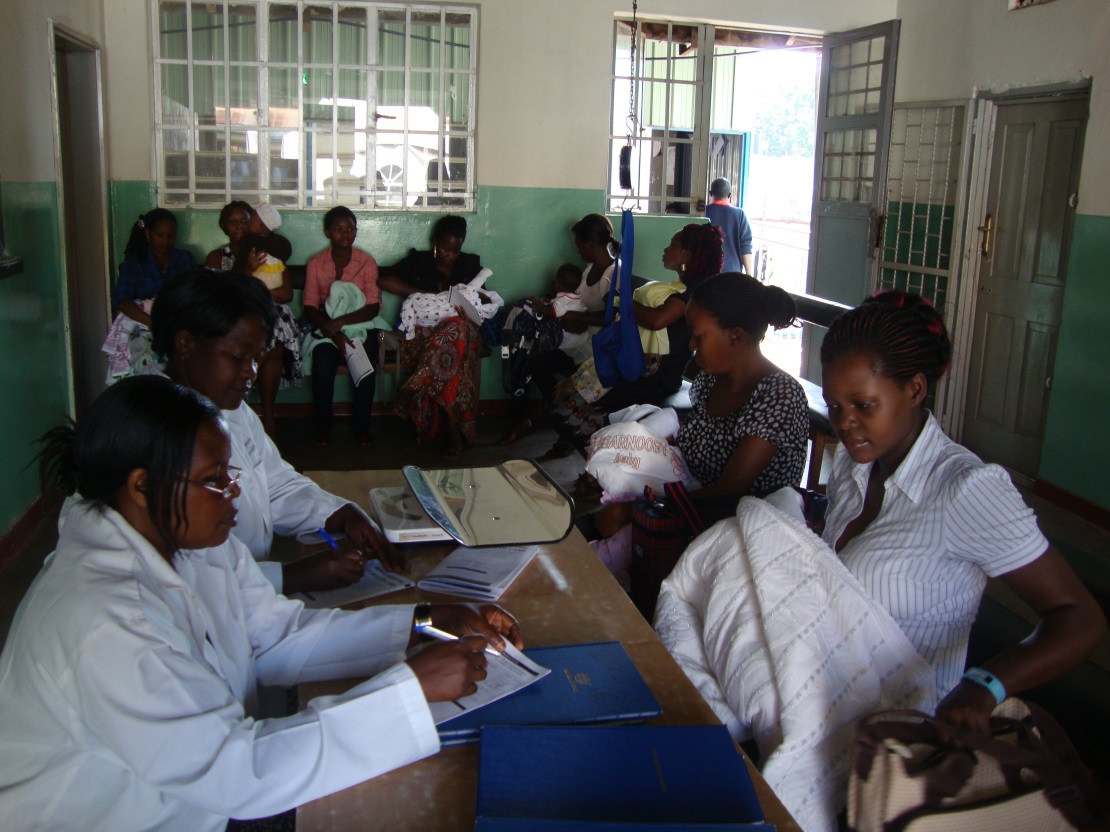1.1 Introduction
‹View Table of Contents
Congenital anomalies are defined as abnormalities of body structure or function that are present at birth and are of prenatal origin (1). Synonymous terms that are often used are “birth defects”, “congenital abnormalities” and “congenital malformations”, although the latter has a more specific meaning. For the purposes of this manual, the term “congenital anomalies” will be used throughout.

Individuals attending a health clinic in Kampala, Uganda, Africa
According to the World Health Organization (WHO), in 2010, an estimated 270,000 deaths globally were attributable to congenital anomalies during the first 28 days of life, with neural tube defects (NTDs) being one of the most serious and most common of these anomalies. In an effort to decrease the number of congenital anomalies worldwide, the Sixty-third World Health Assembly adopted a Birth defects resolution. Among other objectives, this resolution encourages countries to build in-country capacity related to the prevention of congenital anomalies and raising awareness about their effects (2).
Through the development of a population-based surveillance programme that accurately captures congenital anomalies, countries can:
- Gain a better understanding of the burden of these conditions.
- Become more aware of and the risks involved.
- Refer identified infants to services in a timely manner.
- Use prevalence estimates to evaluate any current prevention or clinical management programmes.
- Use the information gathered to inform stakeholders and policy-makers about the importance of investing in programmes aimed at reducing the occurrence of congenital anomalies, and to help them plan for appropriate services.